What's that purple flower?!?
(Click on any image for a larger version)
You'd be surprised how often I get that question. In winter, it's rosemary or lilac vine (Hardenbergia). In spring, California lilac (Ceanothus) blooming in the Arboretum draws admiring visitors and bees. Thanks to the City of Davis, some of our roadsides have low-growing shrubs with vivid purple flowers right now: Spanish lavender (Lavandula stoechas Otto Quast).
Otto Quast is one of the Arboretum All-Stars, and for good reason. Lavenders in general are tough, drought-tolerant shrubs. What sets Spanish lavender apart is that it blooms early, often starting in February and continuing into the summer. The shrub has a low spreading habit.
Unlike other lavenders, it also has a set of showy petals atop the bloom spike. These act as a 'come hither' for pollinators, so Spanish lavender is less fragrant than other species. Breeders have introduced new forms with stronger or softer colors and some have even longer petals than Otto Quast, which will probably supercede it in the nursery trade.
What do lavenders want?
Lavenders are from the Mediterranean, so they are perfectly adapted to our climate of hot sunny days and dry summers. Growers in areas with summer rainfall struggle to keep them alive because of their sensitivity to crown rot. Commercial lavender production has been tried in many parts of the U.S., and the limiting factors are winter cold and high summer humidity, neither of which is an issue here.
Lavender farmers are advised to take extensive measures to improve soil drainage. From one publication: “Beds must be worked down 18 to 24 inches. It is best to raise the bed about 6 inches above ground level and mix in 1/3 sand, 1/3 loam, and 1/3 clay soil.” [ATTRA*]
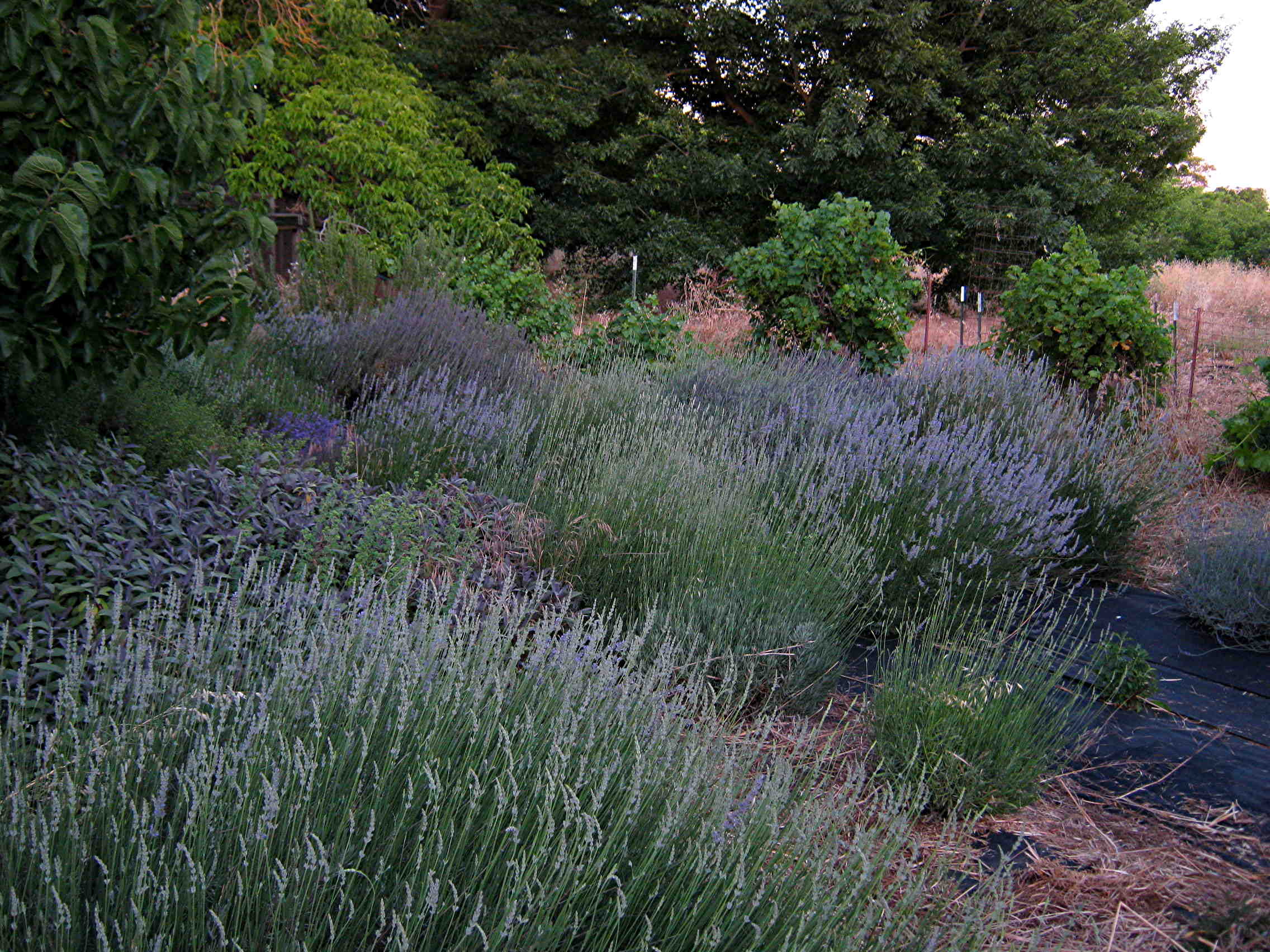
A mixed bed of lavenders in June. The English lavenders are in full bloom, and the lavandins (hybrid lavenders) are just beginning to spike. Blooms will continue through the summer, even into the fall. Lavender plants like full sun and dry soil.
Well, folks, add one more advantage to living in California. We don't have to do any of that to grow lavender here. Just plant the shrubs elevated so water never stands around the stem: a raised bed is fine, but a slight mound or furrow is fine. Water should drain away from the plant. Water every few days to get the plants established. Then lavenders can be irrigated deeply and very infrequently.
I water my mixed lavender planting every 3 to 4 weeks with a drip irrigation system that runs for several hours or overnight. Established plants can survive the summer without any watering, though that may truncate the bloom season. In any case, never water them more than once a week unless they are in containers.
Gardeners get perplexed about what to do with lavender shrubs after a few years. The nature of the plant is that it sprawls and tends to lose foliage in the center. Light trimming with shears after bloom can encourage a bushier growth habit. Or you can just let them slowly fall apart, try cutting them back hard after a few years (sometimes this kills the shrub), or simply replace them. A new plant will bloom in the second year; often in the first.
In sum: lavenders love sun, tolerate extreme heat and wind, and prefer dry soil. There are a lot of different kinds!
Which smell best?
Traditional lavender for sachets and potpourri is English lavender (L. angustifolia). Hybrids between English and Portuguese lavender (Lavandula spicata) are called lavandins, and they are the oil producers. (Just for the record, English lavender is not native to England; it came from northern Spain.)
There are several chemicals in lavender flowers that make up the aroma, and the exact constituents vary between species, as well as what part of the plant contains the most of each. Portuguese lavender contains more camphor than English does. Some varieties have aroma compounds in the leaves, others in the flowers. French lavender has especially fragrant leaves.
The English flowers are sweeter, the others more acrid but with longer-lasting scent. So lavender products often contain both. Spanish lavender smells slightly sharp, sort of like turpentine, but the oil is used in air fresheners and insecticides.
Which look best?
Most have grey-green leaves. Some are nearly silver, and a few are variegated. French lavender has toothed leaves (dentate), and the Arboretum All-Star hybrid called Goodwin Creek inherited those. A number of varieties are more compact growers, making them better for small gardens.
When do they bloom?
English and hybrid lavenders start blooming later than Spanish does, mostly beginning in May. Lavandins bloom for much longer than most references describe, making them some of our best garden choices. I have found these often continue blooming into the fall.
Here is a summary of the types,
including just a few of the many varieties available in nurseries:
Lavandula angustifolia ENGLISH LAVENDER
Bloom earlier than Lavandins; shorter spikes, darker flowers. The strongest sweet lavender fragrance. Very seasonal bloom (May - June here), and they often don't flower heavily until established.
o Hidcote Compact, very tight growth to 1-2 feet tall and wide, with darkest purple blue buds and flowers. Foliage varies from green to very gray.
o Lavender Lady Similar to Munstead, this seed-grown strain blooms the first year. The only lavender available in six-packs.
o Munstead-To 2 feet tall, spreading, with light purple flowers. Foliage usually green, but may be gray-green.
Lavandula dentata FRENCH LAVENDER
Big 4 x 6 shrub with green, toothed leaves (there is a gray version, L. dentata candicans) Showy purple flowers spring through fall. Foliage is fragrant but flowers aren't. Not common in the trade. Notable as a parent of the Arboretum All-Star:
o _L. x 'Goodwin Creek' -- 3 x 4 shrub with soft, densely woolly gray green leaves with coarsely serrate margins. Grown for great, gray leaves and attractive habit, with a continuous display of very dark purple flowers in spring, summer, and fall. Medicinal scent.
L. x intermedia LAVANDIN
Bloom later than English lavenders; longer flower spikes, fatter flowers. Originally grown for lavender oil. Later cultivars were selected for showiness. Flowers June through summer here, often into fall.
o du Provence To 3 feet tall, spreading wider, with lots of flowers over a long season. Very fragrant, very popular garden variety.
o Dutch Mill To 2 feet tall, 3 feet wide, with flower stalks to 18-24 inches long. Rich deep purple flowers are extremely fragrant.
o Grosso Compact growth with thick spikes of dark purple buds and purple flowers. Commercially grown for oil. Very fragrant. One of the best.
o Twickel Purple More violet-purple than Grosso. Very fragrant. Sometimes listed as a form of English lavender.
Two more are worth mentioning for their extraordinarily long bloom season, and frost tenderness. Often sold alongside hardy types, leading to consternation when winter arrives and they may be killed. Flower spikes are great for cutting, though they aren't fragrant. Worth growing for the abundance of bloom and intensity of color.
o L. multifida FERNLEAF LAVENDER
2 x 3 shrub with soft, ferny green foliage. Blue-violet flowers. Always in bloom. Tender; grown as annual here.
o L. pinnata buchii
3 to 4 feet tall and wide with feathery gray-green leaves and stalks of dark purple flowers which open spirally along the cluster through the summer. Tops are frozen back at 25 degrees; usually grown as annual here.
References:
*National Sustainable Agriculture Information Service, ATTRA
For more information about the Arboretum All-Stars, visit their website, and see our Davis Enterprise article from December 2009.
Written for the Davis Enterprise, April 28, 2011
© 2010 Don Shor, Redwood Barn Nursery, Inc., 1607 Fifth Street, Davis, Ca 95616
www.redwoodbarn.com
Feel free to copy and distribute this article with attribution to this author.

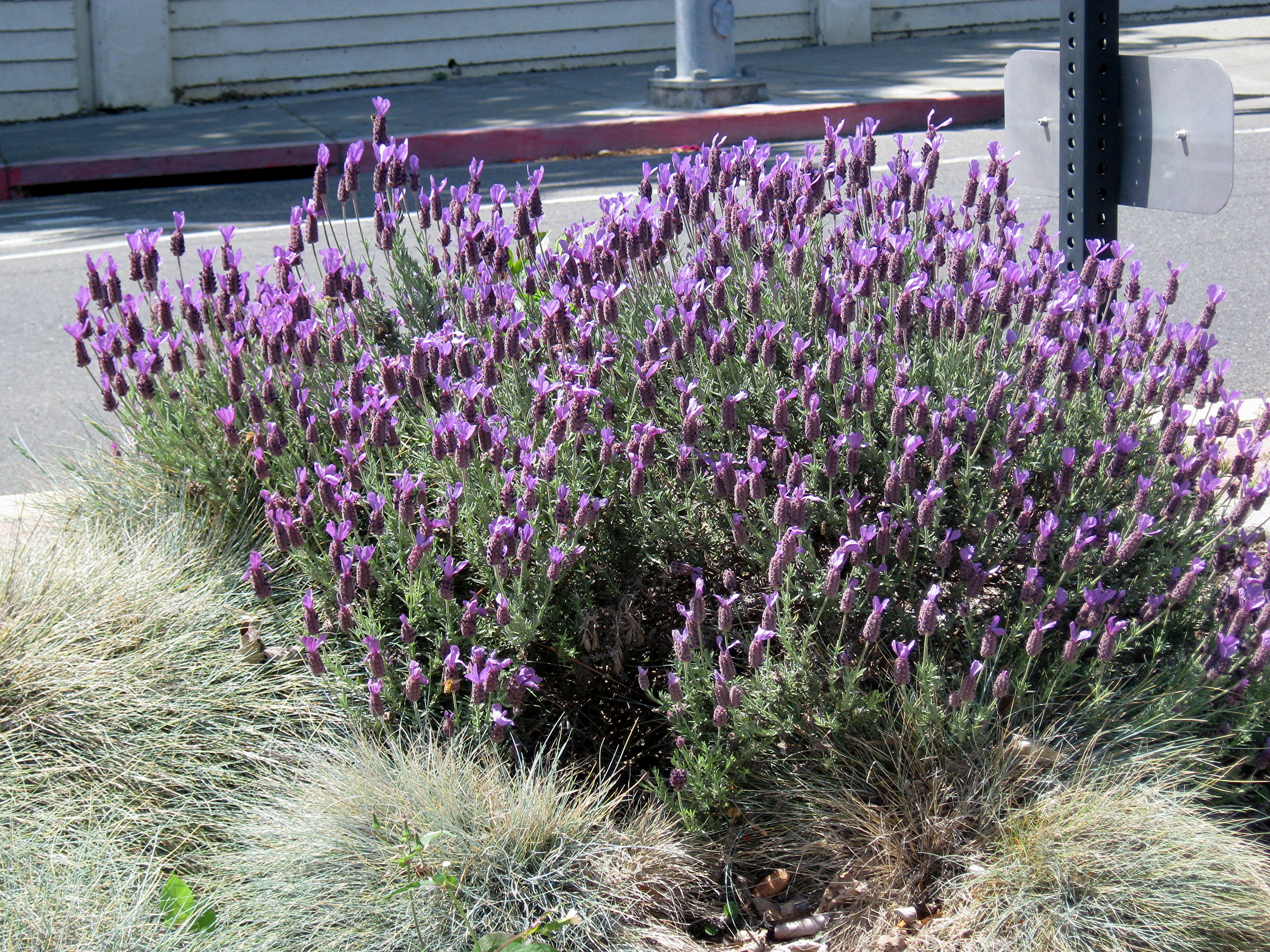
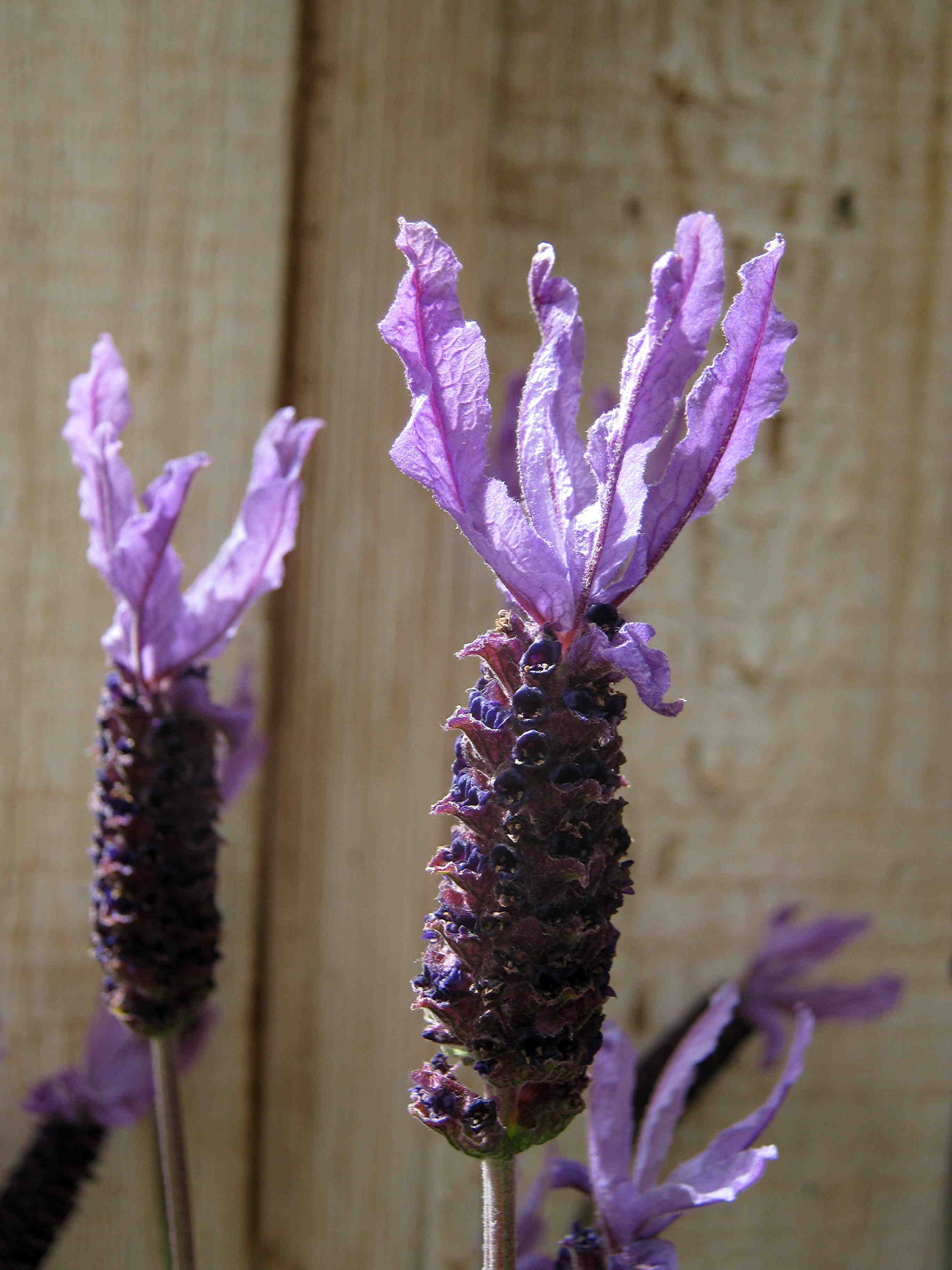
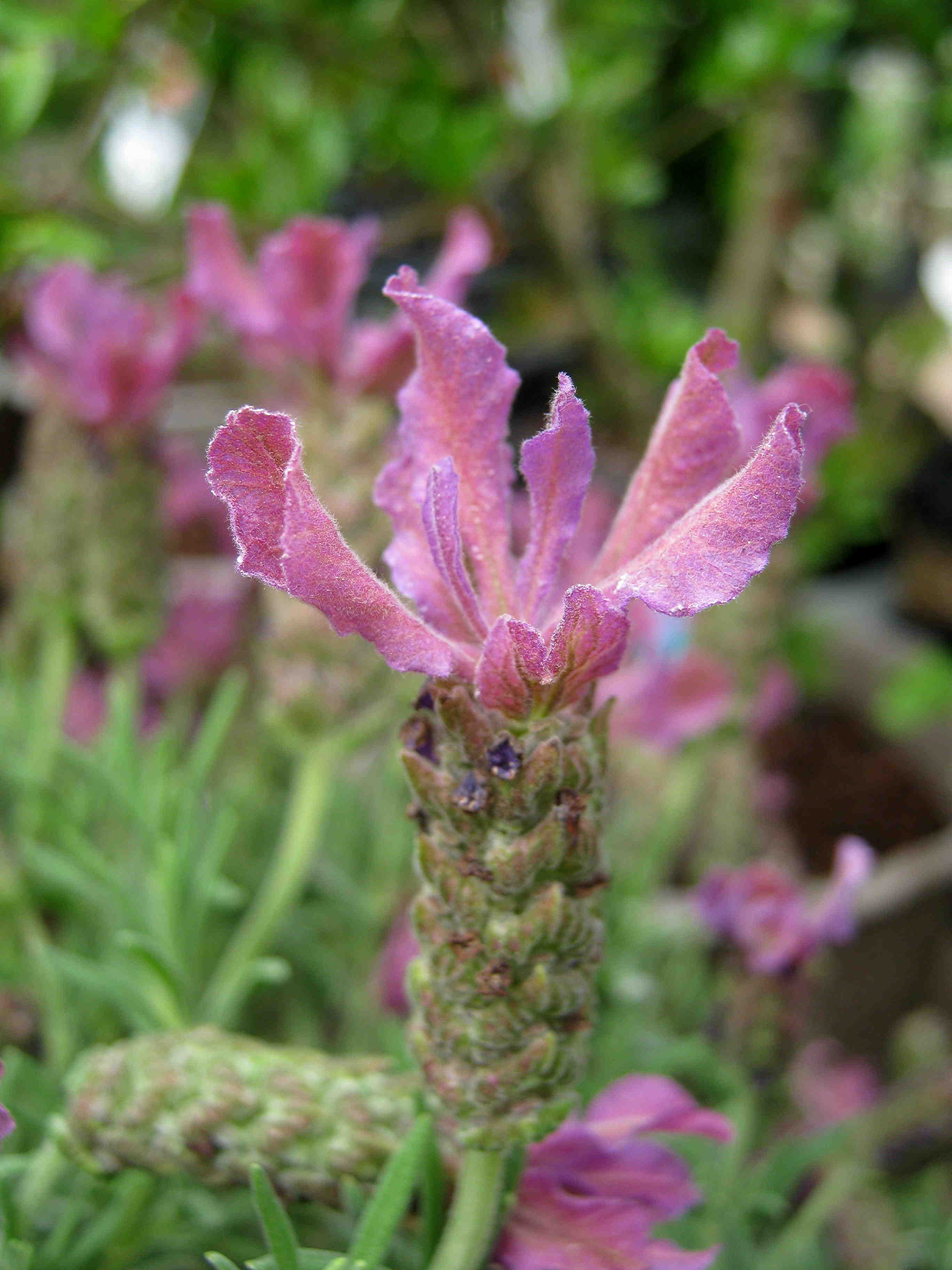
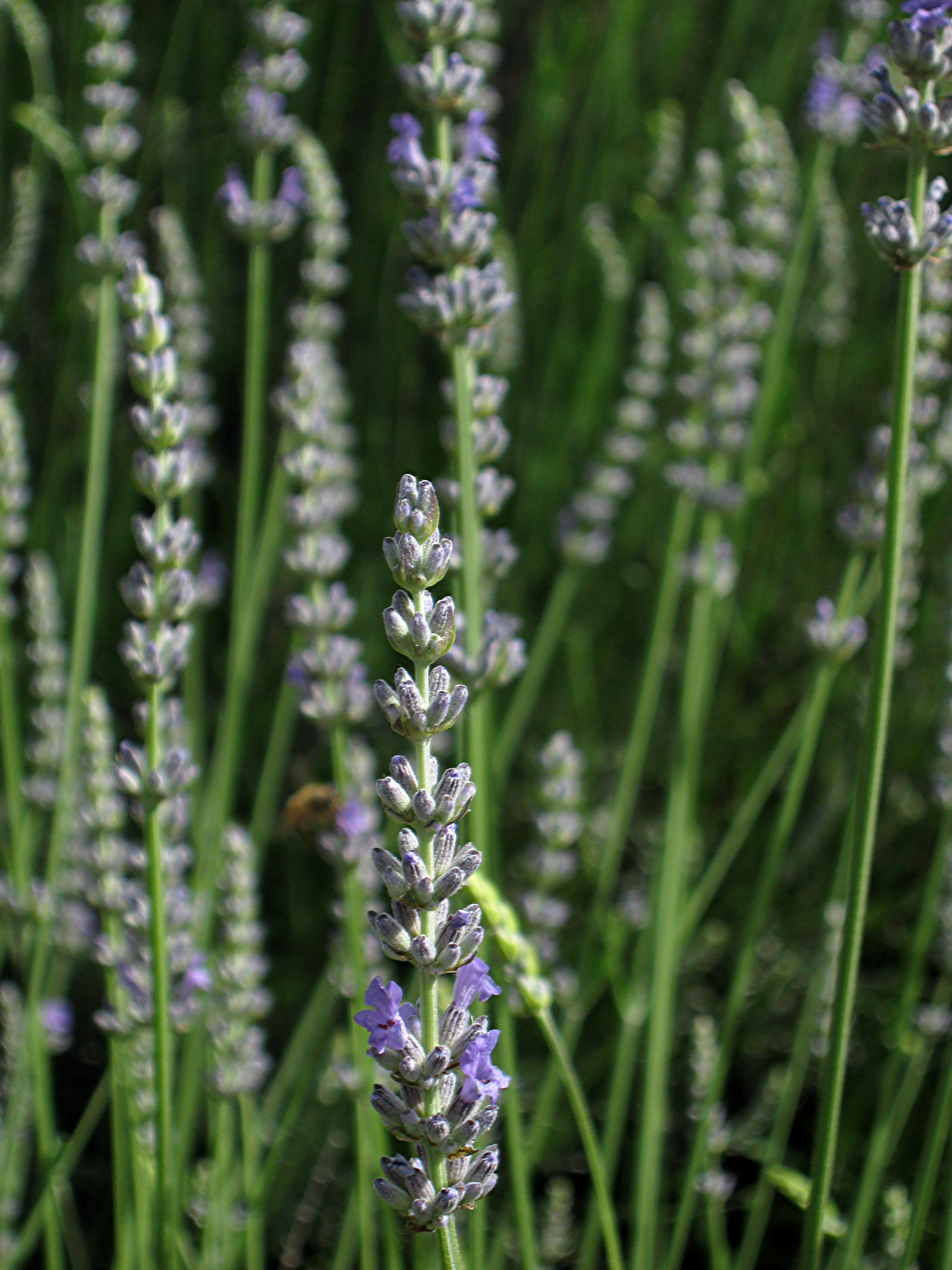
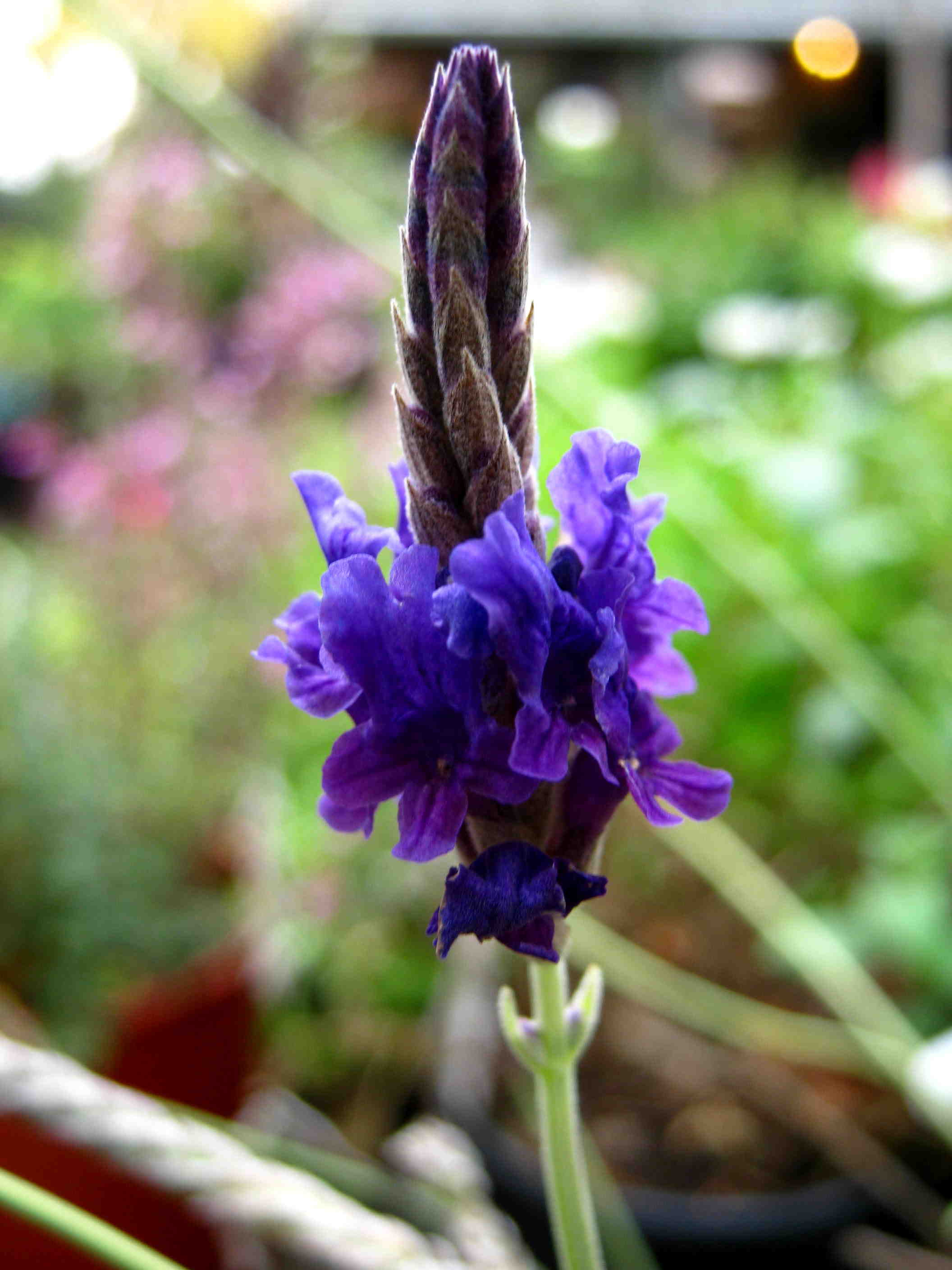
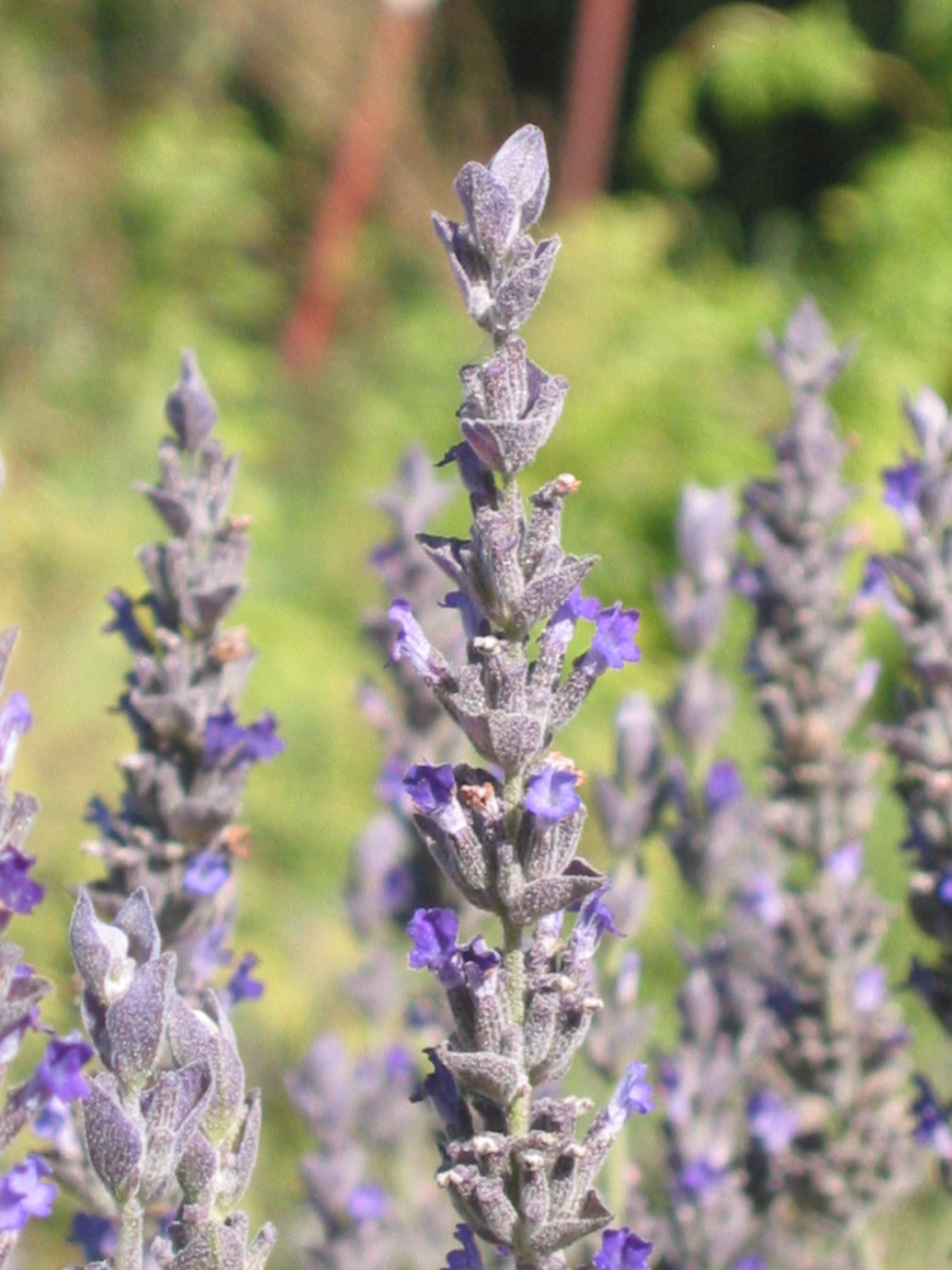
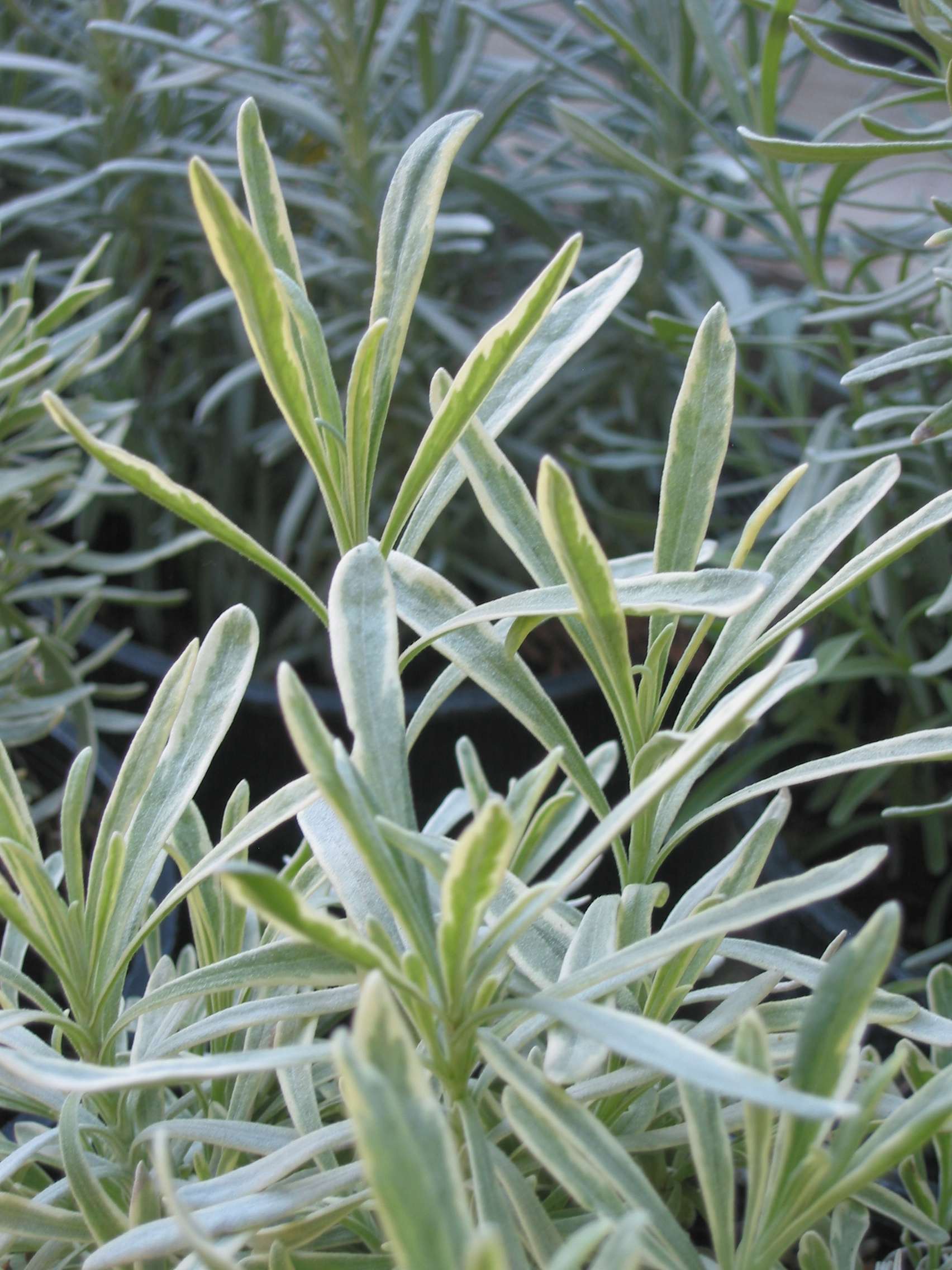
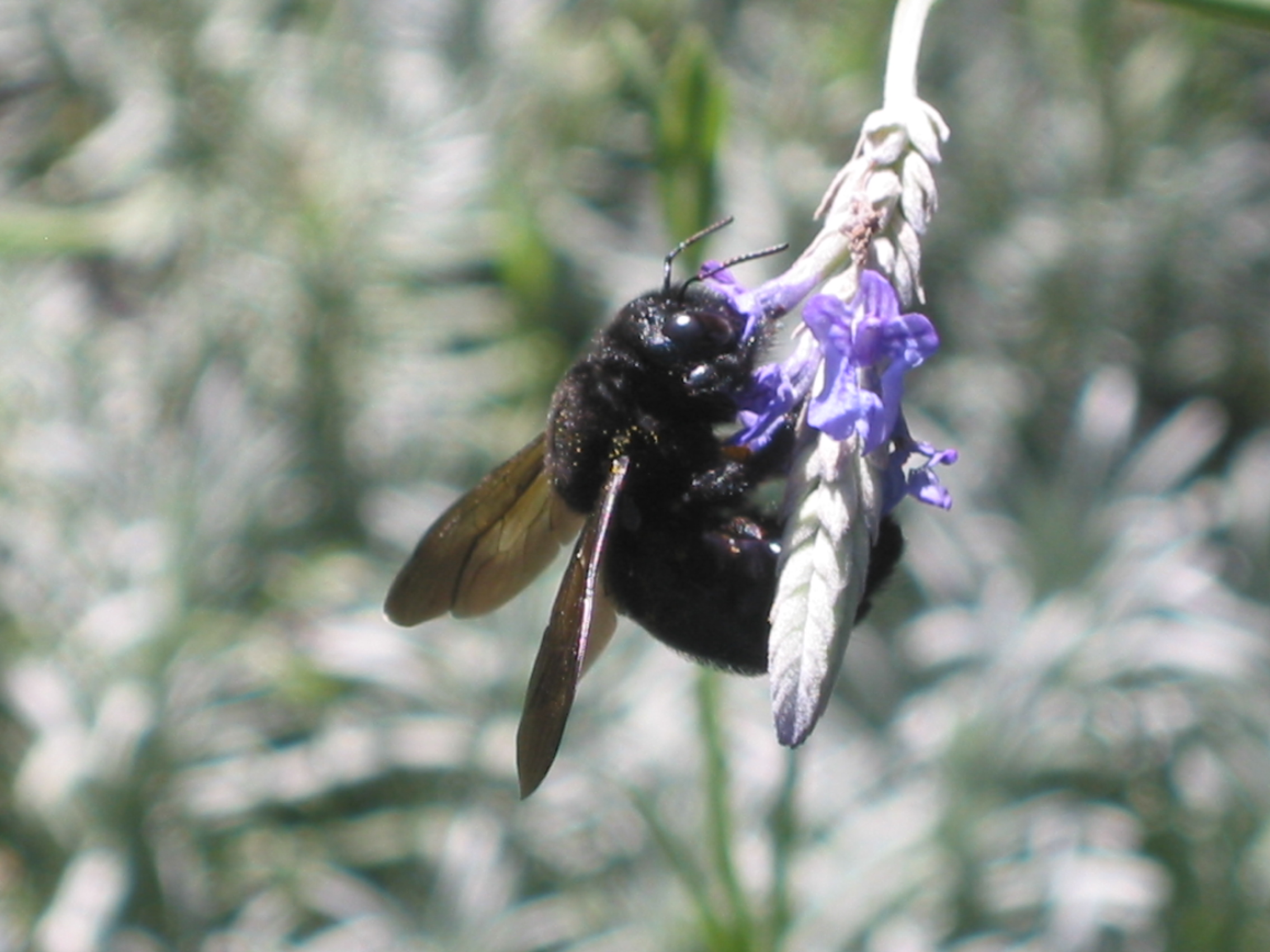

No comments:
Post a Comment